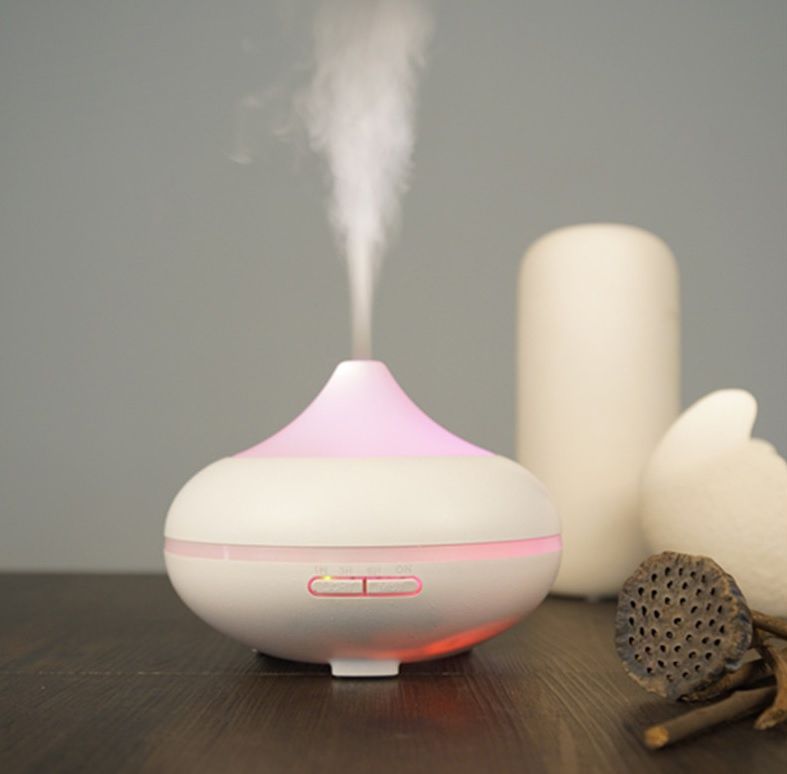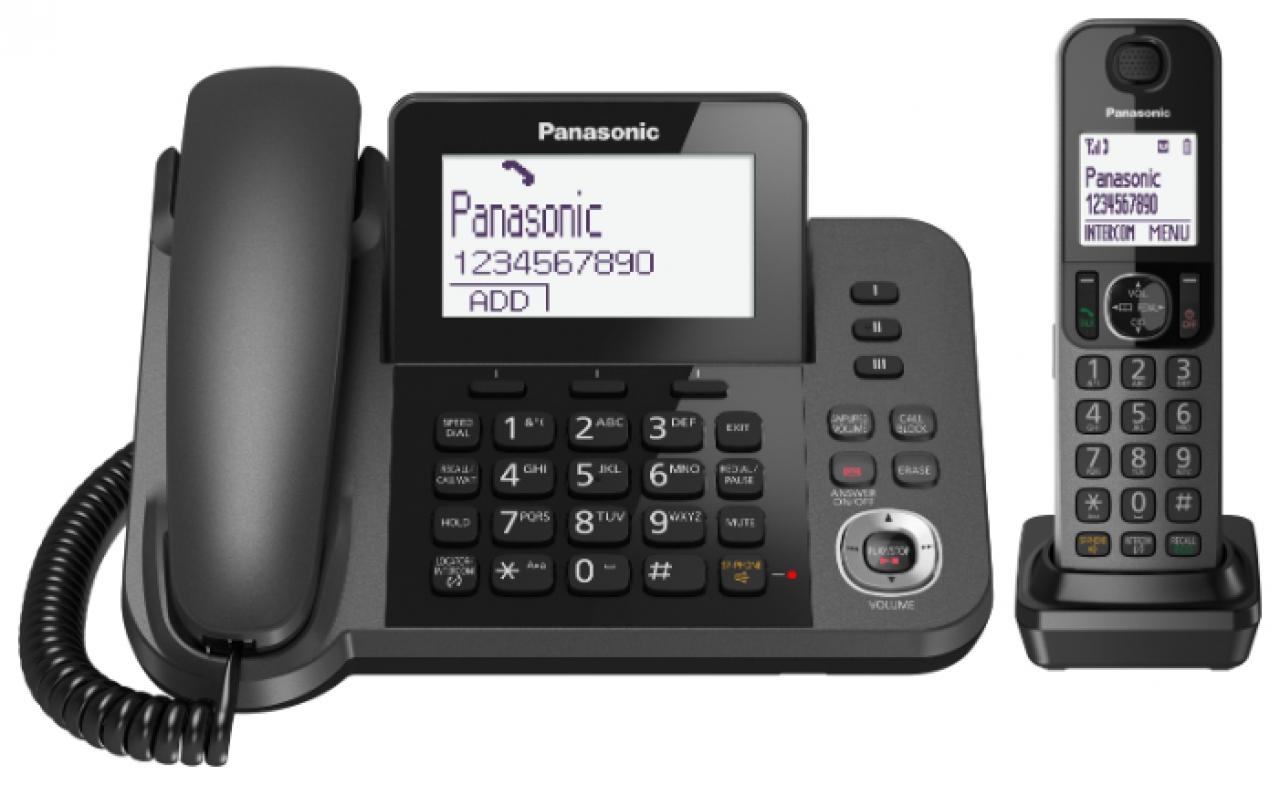Rating of the best means and liquids for flushing heating systems for 2022

Most often, salt crystallization in the coolant itself, as well as metal rusting in the internal cavity of pipes / radiators, lead to inefficient operation of heating systems. Subsequently, this can lead to a complete decrease in the operating life of the entire heating system and its complete clogging. To prevent such a situation, it is necessary to periodically clean the heating circuit using mechanical means and chemical fluids.
IMPORTANT! It is necessary to distinguish between options for such cleaning: cleaning with means includes mechanical methods for removing foreign particles (washing out, blowing, electric shock), and cleaning with a liquid consists in chemically dissolving blockages that have arisen, by pouring solutions based on concentrates / powders into the heating system or ready mixes.
Content [Hide]
Poor maintenance of the heating system and its signs
The efficient functioning of the heating system is characterized by the unhindered movement of the coolant through the channels intended for it, while nothing should interfere with such movement. Sometimes circumstances develop in such a way that there are no obvious visual signs of blockage, and the system stops working at full capacity. This happens because scale settles inside the channels on the walls or a sufficient amount of debris has accumulated in them that can slow down the flow of the coolant.
It is possible to diagnose such a situation by carefully following each stage of the operation of the entire thermal structure and identifying some indirect signs:
- The system warms up much longer than before (for independent heating);
- The operation of boiler equipment is associated with the appearance of extraneous noise;
- Significantly increased consumption of electricity / gas;
- The temperature of radiators in different parts of the structure varies significantly;
- The temperature of the conductive pipes is much higher than the temperature of the heating batteries.
However, uneven heating of radiators can not always be caused by blockages. Perhaps it just happened to air. In this case, you just need to remove the air plug using the Mayevsky crane (a special device installed on the battery).
It should be noted that in dwellings with centralized heating, flushing of the system, as a rule, is carried out only by employees of the heat supply organization at the same time for all apartments and for the entire system as a whole. In private households, this procedure is carried out by the owners or specialist contractors. In addition, for modern heating systems it is rather difficult to determine any single period for the frequency of flushing - too many parameters affect this. For example, in district heating, the circulating water must constantly go through a water treatment cycle, which significantly reduces the level of pollution. However, in reality, heating companies do not always perform this procedure in a timely manner, and this leads to an increase in foreign particles in pipes every decade.
In principle, the building codes and regulations in force in the Russian Federation require annual cleaning for both centralized heating systems and autonomous ones. According to regulatory documents, it is precisely the twelve-month period that is sufficient for the accumulation of debris in the channels, which can reduce the heating efficiency.
Methods for cleaning heating systems
The use of one or another method of cleaning will depend on the length of the channels of the heating system, the volume of the transferred coolant, and other parameters, so it is possible to use several options:
- Mechanical;
- hydrodynamic;
- Hydropneumatic;
- Electrohydropulse;
- Chemical.
The first and last methods can be completely carried out by the owner of the premises on their own with the help of simple improvised means (hose, tank) or liquids (chemical solutions). The rest will require the availability of special equipment or the invitation of specialists performing such work on a contract basis.
Nevertheless, when applying any of the above methods, it is necessary to follow certain rules, the violation of which can make cleaning ineffective. Therefore, before starting any procedure, it is necessary to familiarize yourself with the procedure for its implementation.
The first method is mechanical washing
It is necessary to make a reservation right away that such a cleaning is primarily focused on removing floating debris in batteries, and to a lesser extent it is able to remove scale that has formed on the inner walls of the channel. If the design contains a circulation pump, an expansion tank and valves, then they will have to be cleaned manually and separately.
You need to start cleaning by closing the valves that limit the flow of water into the channels. In private houses they are located in front of and behind the boiler, and in apartment buildings they are located in the basement.
Next, you need to drain the water from the channels. For this, there must be a special crane, which is mounted during the installation of the entire circuit. If it is missing, then you can use a simple plug on the battery by simply unscrewing it. The main thing is to choose a stub that is further and lower than all available.
It is better to drain the water carrier through a conventional hose, which must be led into the toilet or into a large container.After draining, you simply need to open the valves, starting a new flow of water.
Method two - hydrodynamic flushing
To use this method, a simple hose cannot be dispensed with, but you will also need special equipment - a high-pressure pump. In some cases, the pump is specially connected to the gap in the heating channels as far as possible from the point of discharge of dirty water. However, by and large, this will not play a role if you use a special hose with a trailer. The end nozzle will have holes of small diameter through which water will exit under high pressure.
It is the impact of water supplied under high pressure that will allow extremely effective removal of mud / salt deposits inside the pipes. And the hose itself can be specially connected in the most problematic areas of the circuit, which were previously identified in places of insufficient heating of the radiator.
When choosing a hose for hydrodynamic flushing, it is necessary to take into account the parameter of its stiffness - the stiffer the hose, the farther from the inlet pressure can be applied. However, this applies only to straight sections, the effect will be noticeably reduced at the turns of the channels. Experts advise that when carrying out hydrodynamic flushing, it is necessary to flush each section of the entire circuit sequentially and separately, and not hope that an instant effect will be achieved if the entire system is flushed from one end to the other.
Method three - hydropneumatic cleaning
This method is the most time-consuming and expensive, but at the same time the most effective. For its implementation, rather bulky equipment is required - a special compressor equipped with an air gun.The essence of the hydropneumatic method is to supply an increased air pressure inside the heating system, while super-strong turbulent currents with enormous kinetic energy are created inside the channels. Due to this process, growths are torn off the inner surface of the pipes and the accumulated dirt is blown out of the radiators.
It should be noted that the flows do not go along the contour permanently, but periodically in the form of short-term shocks-bursts, which are created by means of an air gun. The compressor itself is connected to the system through a check valve. It is this connection that prevents water from flowing into the compression apparatus.
Hydropneumatic cleaning can be done both without dismantling the batteries, and with it. In the first case, it is necessary to remove the plug on the farthest / lower radiator and, through the adapter on the hose, drain the waste and dirty water into the toilet bowl or a large container. The compressor and air gun should be connected to the farthest and highest radiator. The first pumping of air should be carried out in a direction that will be opposite to the direction of the normal circulation of the coolant. To increase the efficiency of the entire procedure, you need to change the direction of the air supply and the discharge of debris by changing the connection point of the compressor and the garbage hose several times.
The efficiency of hydropneumatics can be increased several times by performing the procedure on the removed radiators. This will be due to the fact that on the dismantled radiator the blowing area will be much smaller, respectively, the air flow, passing through a smaller area, will lose its strength less, providing better cleaning of the channel walls.At the same time, it will be possible to worry less about the presence of debris that may remain after cleaning in the channels, since it will be successfully washed with water at the first connection.
Method four - electrohydropulse
The essence of using this method lies in the application of an electrical impulse, through which the salts that settle on the walls of pipelines are destroyed. The peculiarity of this method is precisely expressed in the fact that it is aimed precisely at combating such pollution, and the walls of the channels themselves are not subjected to any damage.
For the production of an electric pulse, a special electric generator with special nozzles is used. Being connected with a coaxial cable, the electropulse unit generates an electric discharge at the end of the nozzle, the shock wave of which easily destroys all salt deposits. Upon completion of cleaning, the entire heating system must be flushed with water to remove any remaining foreign matter. The main advantage of this method is that it almost does not require any serious disassembly of the entire heating circuit, and the removed slag can be simply flushed down the drain without fear.
Method five - flushing with chemical solutions
To date, this is the most common way to deal with blockages in the circuits of heating systems. Most homeowners like this method because it requires a minimum of effort, and even more so, there is absolutely no need to dismantle the radiators.
The disadvantages of this method include the fact that not all mixtures can successfully interact with some types of batteries. For example, highly caustic solutions are absolutely not suitable for aluminum batteries.Yes, and the waste liquid must (usually) be disposed of in a special way and in special places, and not simply drained into the sewer.
In cases where a preliminary check did not reveal any particular contamination in the system, then the following means can be used for preventive cleaning:
- caustic soda;
- Highly concentrated vinegar solution;
- Commonly available acids (orthophosphoric / phosphoric);
- Milk whey, etc., etc.
In other cases, it would be preferable to use specialized compositions of industrial production: usually their packaging describes in detail the symptoms of pollution that this or that liquid struggles with, recommendations are given on pipe materials in which this composition can be used, and detailed and step-by-step instructions are provided. by application.
For particularly strong cleaning liquids, it is necessary to strictly adhere to the time intervals during which the reagents act. At the same time, it should be remembered that for autonomous systems it is necessary to periodically turn on the pump for uniform circulation throughout the entire circuit of the coolant, which contains the cleaning liquid.
In order to effectively destroy scale/dissolve foreign particles in the flow, after pumping liquid into the circuit, it must be left there for a period of several hours to several days. After a certain period of time, the entire pipeline must be flushed with clean water in order to reduce the effect of chemical cleaning agents on the inner walls of the pipes.
The chemical method also has a gentle cleaning option - it is called dispersed. With it, a separate reagent is introduced into the pipeline, which dissolves only foreign particles floating in the stream or weakly fixed on the walls of the channels.In this case, no damage is caused to the material from which the pipes are made. The completion of the dispersed procedure is similar to the ordinary one - a complete cleaning of the pipeline with clean water.
Rating of the best flushing agents for heating systems for 2022
concentrates
3rd place: CleanMaster TermoTactic PCM-10
votes 0
A good concentrate designed for most heating circuits used in Russia. To bring to readiness, you just need to dilute with clean water, but preferably distilled, in the proportions indicated in the instructions. Does not adversely affect any metals from which conductive pipes are made.

| Name | Index |
|---|---|
| Manufacturer country | Russia |
| Standard packing size, liters/kilograms | 10 |
| Work Component | Orthophosphoric acid |
| Price, rubles | 1330 |
- Does not damage plastic/rubber pipe seals;
- Fast cleaning period in circulation - from 2 hours;
- Has a disinfecting effect.
- Static cleaning increased - up to 4 hours.
2nd place: Cillit-HS 23-Combi
votes 0
This liquid concentrate is intended for use in pipelines where the carrier temperature does not exceed 80 degrees Celsius. It is characterized by general versatility, it perfectly fights with lime deposits. The kit comes with an RS brand pre-cleaner.

| Name | Index |
|---|---|
| Manufacturer country | Germany |
| Standard packing size, liters/kilograms | 20 |
| Work Component | Hydrochloric acid |
| Price, rubles | 23300 |
- Good completeness;
- No negative impact on polymeric materials;
- The hardness of the water for dilution does not matter.
- High price;
- Super high packing rate.
1st place: Warm House 65
votes 0
The liquid is highly stable, it contains ingredients that provide long-term protection of the channel walls from scale. Separately, it counteracts excessive foaming well. It has a contrast composition of a pink hue, the saturation of which regulates the density of the required dilution.

| Name | Index |
|---|---|
| Manufacturer country | Russia |
| Standard packing size, liters/kilograms | 20 |
| Work Component | ethylene glycol |
| Price, rubles | 2600 |
- Does not destroy the tightness of the circuit;
- Has a visual level of required dilution;
- Low price with a sufficiently large volume of containers.
- It interacts poorly with domestic autonomous boilers "Galan";
- Boiling is not recommended.
Powders
3rd place: Manta Ecologica EC-MIX
votes 0
Designed to prevent the formation of deposits, enhances the efficiency of heat transfer. The powder itself is non-toxic, when diluted with water, protective gloves are not required. Convenient packaging allows you to choose the right dosage for breeding.
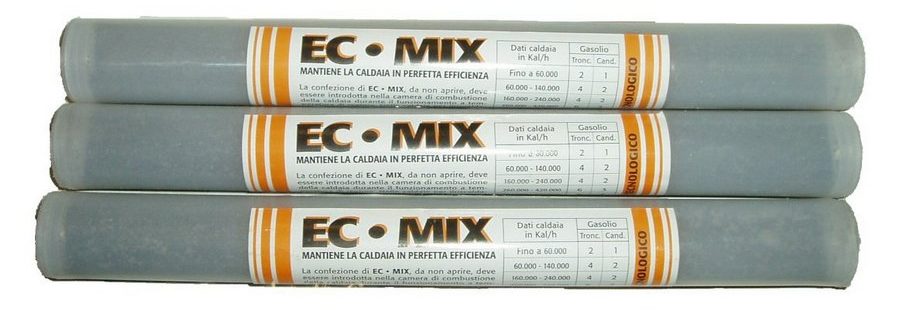
| Name | Index |
|---|---|
| Manufacturer country | Italy |
| Standard packing size, liters/kilograms | 2 |
| Work Component | Natural solvents |
| Price, rubles | 1000 |
- Increases the service life of radiators;
- Easy to use;
- Convenient packaging with a dispenser;
- Lack of smell.
- Small container size.
2nd place: Cillit-Kalkloser P
votes 0
Universal powder intended both for cleaning heat transfer media and household appliances (kettles, coffee makers, washing machines, etc.).It is used at temperatures from +50 to +60 degrees Celsius. Excellent fight against scale and salt deposits. It has a negative and destructive effect on polymers.
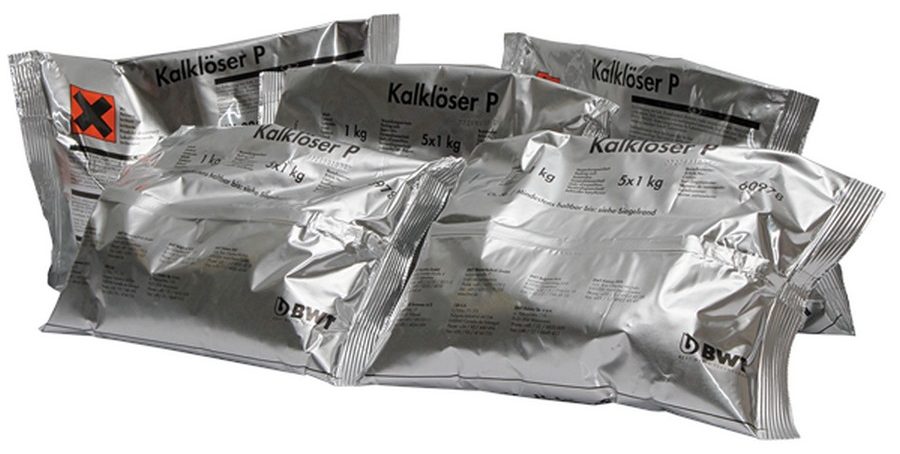
| Name | Index |
|---|---|
| Manufacturer country | Germany |
| Standard packing size, liters/kilograms | 5 x 1 kg |
| Work Component | natural acids |
| Price, rubles | 1220 |
- Has no smell;
- 5 packs per set;
- The possibility of increased heating of the solution.
- Aggressive interaction with polymers.
1st place: SteelTEX ZINC
votes 0
This sample of concentrated powder is specially designed for cleaning polymer pipes from sludge, lime deposits, and various scale. After its use, the heating of the heat exchanger batteries is restored “before our eyes”. At the same time, heating costs are reduced. Among other things, it can be used as an additional ingredient in pumps during hydroflushing.
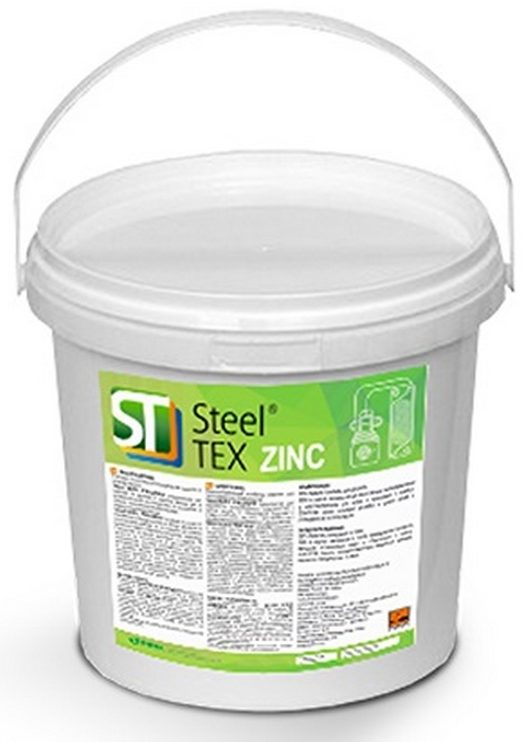
| Name | Index |
|---|---|
| Manufacturer country | Germany |
| Standard packing size, liters/kilograms | 5 |
| Work Component | Sulfamic acid |
| Price, rubles | 5300 |
- Easy to use;
- Multifunctional;
- Works great with polymers.
- Overpriced when comparing weight and package price.
Ready formulations
3rd place: Syntilor "Watesup"
votes 0
Professional cleaner. It can be used both for cleaning the circuit itself and for internal cleaning of boilers of autonomous systems. Works great with all types of dirt: from corrosion to limestone deposits. Does not adversely affect the structure of polymer seals. Refers to moderate hazard class 3.
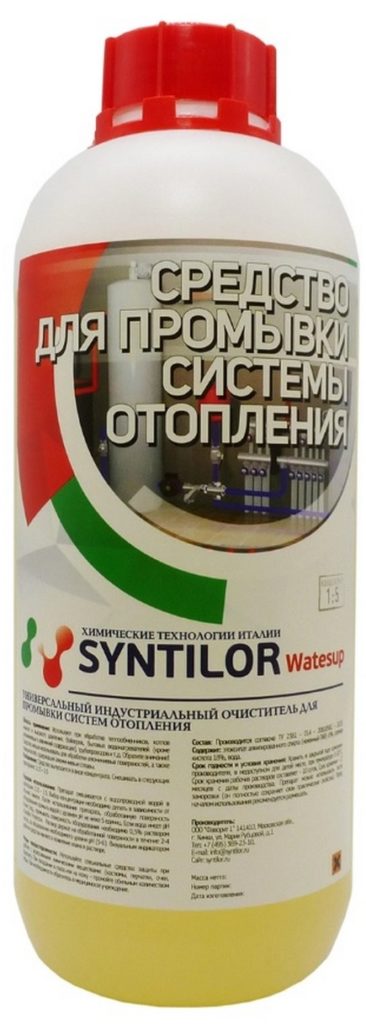
| Name | Index |
|---|---|
| Manufacturer country | Russia |
| Standard packing size, liters/kilograms | 1 |
| Work Component | Synthetic inhibitors |
| Price, rubles | 500 |
- Low price with high efficiency;
- Does not corrode plastic;
- Positioned as a professional cleaning agent.
- Toxic - when working, it is necessary to use protective equipment (mask and gloves).
2nd place: Pipal HeatGUARDEX Cleaner 808R
votes 0
This liquid can be used both in domestic heating structures and in industrial ones. A professional product specifically designed to combat volumetric pollution aged 3 years or more. Chemical flushing with this liquid, on average, increases the service life of the entire structure by 10 years.
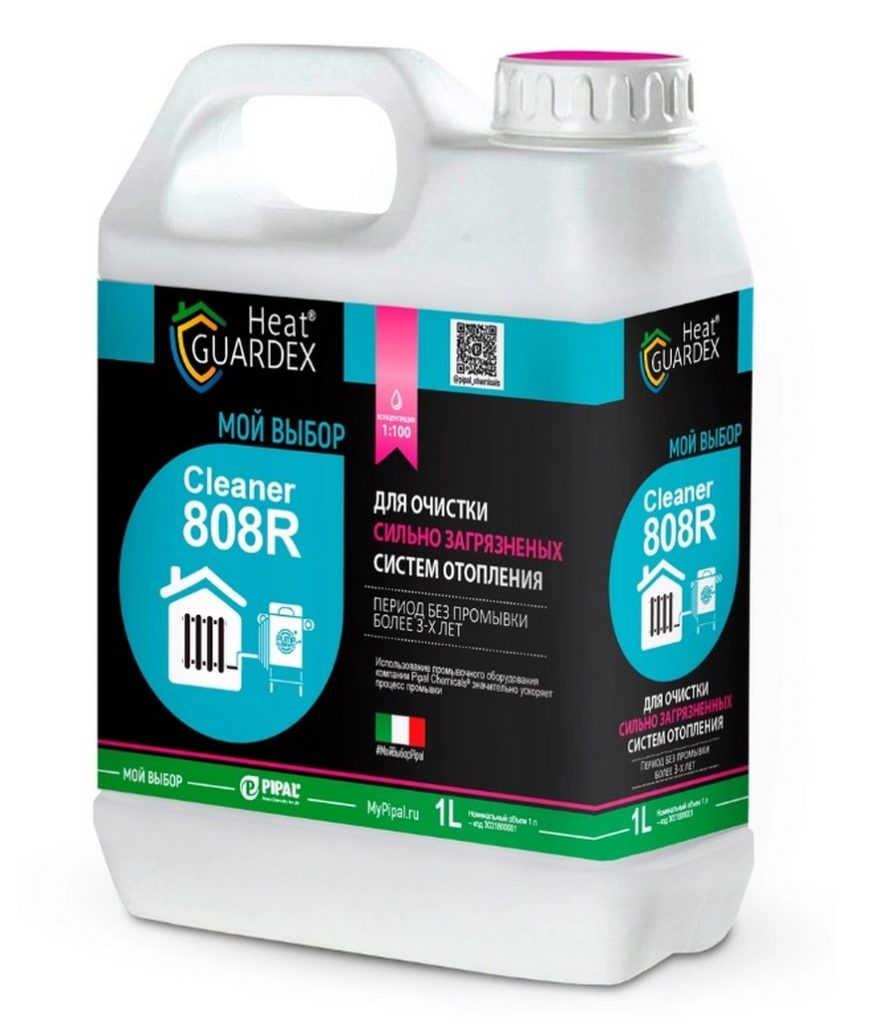
| Name | Index |
|---|---|
| Manufacturer country | Italy |
| Standard packing size, liters/kilograms | 1 |
| Work Component | Hydrochloric acid |
| Price, rubles | 2500 |
- Fights against strong pollution;
- Low consumption with efficient operation;
- Multifunctionality.
- Not found (for its segment).
1st place: Alpacon Degreaser
votes 0
Another expensive, at the same time universal and professional tool, designed for use in almost any system. Equally sensitive to plastic pipes and rubber gaskets. It is able to remove not only limescale and rust, but also actively dissolve wax, grease, particles of earth or sand.
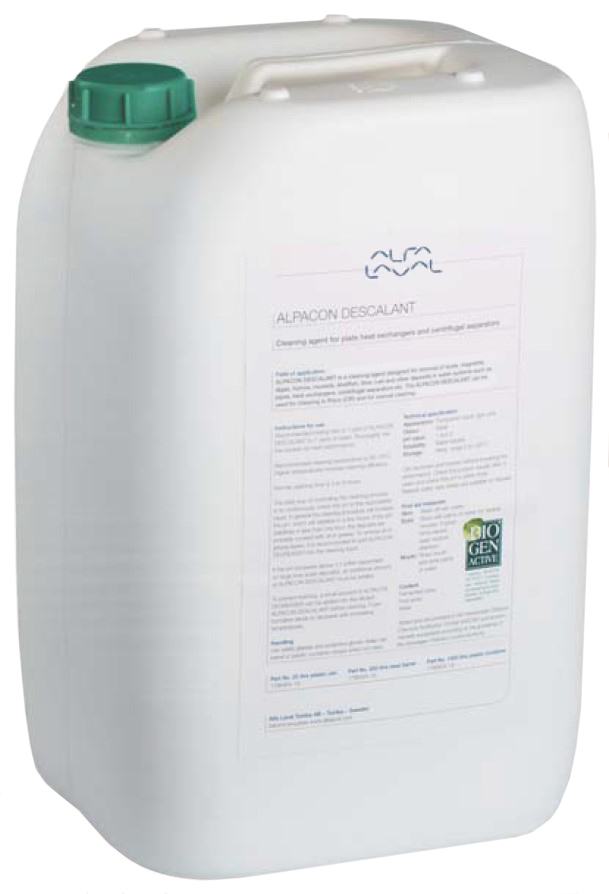
| Name | Index |
|---|---|
| Manufacturer country | Italy |
| Standard packing size, liters/kilograms | 25 |
| Work Component | Natural solvents reinforced with a synthetic base |
| Price, rubles | 17000 |
- The price corresponds to the increased volume of containers;
- Versatility;
- Weak toxicity.
- Not found.
Instead of an epilogue
Currently, buying a cleaner for the heating system does not present any difficulty - it is possible to find it in any hardware store. The main thing is to correctly select the required type so that it can contact the material of the pipeline being processed without negative consequences. You also need to carefully study the instructions for use for the need to use protective gloves and other means. Regarding the sources of purchase: experts advise purchasing a cleaner at retail if you need to do a small amount of work. In other cases, it is better to buy funds through Internet sites, then it will be possible to save on large volumes of containers.
new entries
Categories
Useful
Popular Articles
-

Top ranking of the best and cheapest scooters up to 50cc in 2022
Views: 131651 -

Rating of the best soundproofing materials for an apartment in 2022
Views: 127690 -

Rating of cheap analogues of expensive medicines for flu and colds for 2022
Views: 124519 -

The best men's sneakers in 2022
Views: 124033 -

The Best Complex Vitamins in 2022
Views: 121940 -

Top ranking of the best smartwatches 2022 - price-quality ratio
Views: 114980 -

The best paint for gray hair - top rating 2022
Views: 113395 -

Ranking of the best wood paints for interior work in 2022
Views: 110318 -

Rating of the best spinning reels in 2022
Views: 105329 -

Ranking of the best sex dolls for men for 2022
Views: 104366 -

Ranking of the best action cameras from China in 2022
Views: 102216 -

The most effective calcium preparations for adults and children in 2022
Views: 102011
